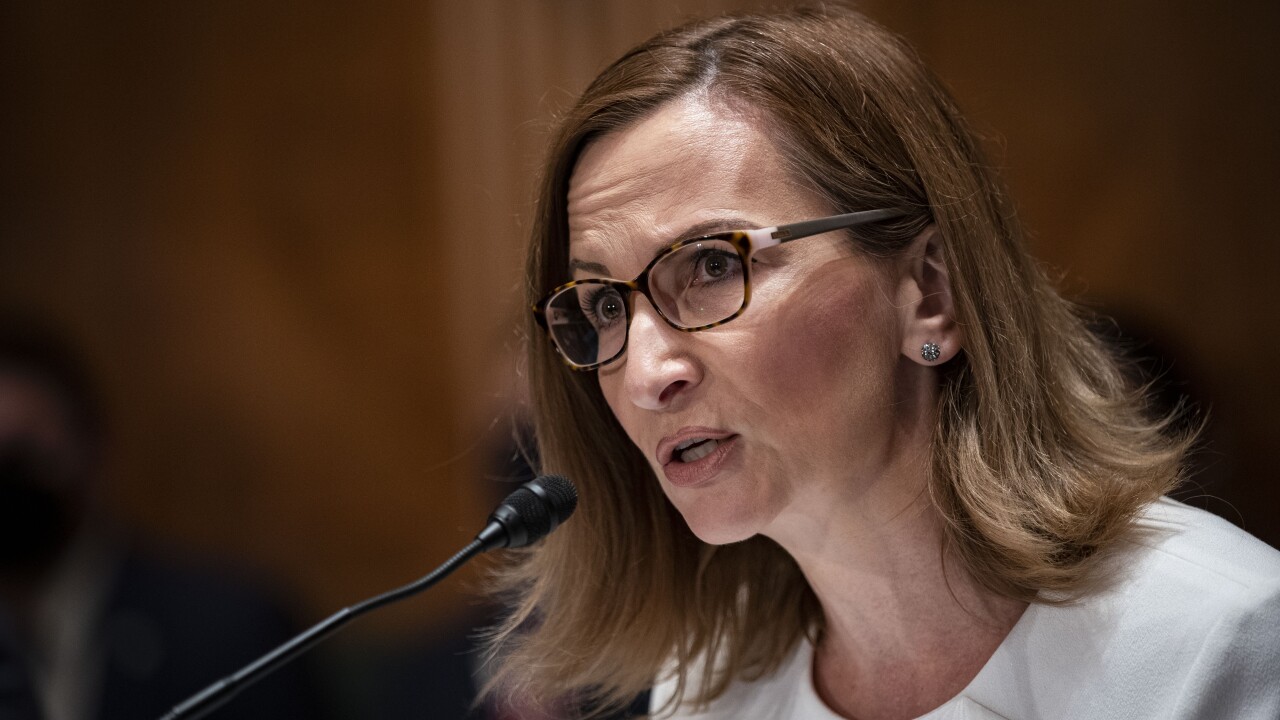The acceleration of urbanization will change how banks service rural communities in the coming years.
Branches are closing all over the U.S. in rural, suburban and urban markets, but rural areas are impacted the most. With rural branch networks already
Banking deserts have been
The scarcity of branches will likely worsen in the coming decades, as wealth and populations are projected to shift more toward urban centers.
Last year, approximately 82% of the U.S. population lived urban areas,
This trend will put
A shift toward digital and automation will make it more cost-effective for banks to service these geographies. It could also lead to expanded opportunities for rural consumers by leveraging data and machine learning to better determine creditworthiness, for example, as the Brookings Institution
Rural consumers in the U.S. are already highly active in the digital economy. Banks can leverage that to expand their business in rural regions, even as they trim branch networks.
Nearly 90% of consumers in the heartland (rural areas) own smartphones and use mobile banking more frequently than their coastal counterparts in urban areas, according
Although rural consumers are engaged with digital products and services, they differ from urban consumers in terms of how they interact with it. For example, rural consumers are more reliant on their smartphones, as they are less likely to own other internet-connected devices including desktops, laptops and tablets. And their smartphone is more likely to be an Android device, while urban consumers are more likely to favor Apple devices, according to the Fluent survey.
Banks looking to drive digital adoption in rural communities will therefore need to do so with a mobile-first strategy.
Banks should use their mobile apps to digitize and automate transactions and customer interactions as much as possible. This means leveraging capabilities like mobile account openings, chatbots and seamless audio and video connections to bank representatives who can help resolve problems.
Banks should also try to build the bond between consumers and their mobile apps by offering alerts, notifications and advice related to upcoming bills, budgets and analysis of spending patterns, delivering valuable financial advice at a lower cost as branches disappear.
Banks can also maintain a human touch by allowing consumers to schedule remote or in-branch meetings with financial advisers through their apps as well.
Beyond enabling these capabilities, it’s important to foster adoption by educating consumers about the benefits they can gain from it. Rural consumers tend to travel further to visit branches, and therefore stand to gain more from banking in a mobile-centric manner than urban or suburban consumers. Because of this, banks should target rural communities with marketing and education campaigns that show how to use these mobile app features, and how consumers can improve their lives by doing so.
Such campaigns should be cross-channel in nature, employing both branch staff and digital content to help consumers along. In-app videos, tutorials and notifications can help consumers familiarize themselves with new features and how to use it.
Branches should be leveraged as showcases, where helping consumers adopt mobile banking capabilities should be a primary focus for staff. Every customer interaction should include a mention of how customers can better track their finances, conduct transactions and connect with bank personnel through the mobile app. Staff should be able to walk customers through conducting new activities in the app on the spot, helping to boost customers' confidence regarding reliability and ease of use.
Failing to take action on this agenda could make rural populations a natural target and launching pad for fintechs, particularly challenger banks looking to usurp traditional financial institutions.
Rural communities in particular could offer challenger banks a beachhead in the U.S., where they’ve had little success so far. Fintechs’ mobile-first approach and emphasis on ease of use could further garner interest and adoption from urban consumers as well, potentially making a more potent threat to traditional banks across geographies.
If banks don't deliver the digital products and services that rural communities increasingly need, they could open the door for more agile and technology-oriented competitors to gain momentum.





